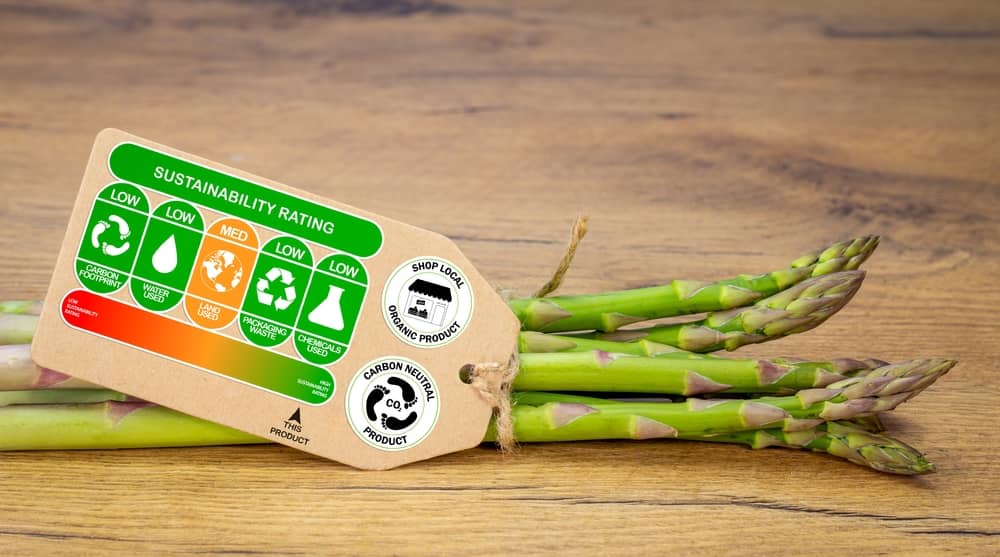In the competitive food industry, packaging plays a crucial role in capturing consumer attention and influencing purchase decisions. With the right design, it can communicate product values and differentiate your products from those of competitors. That’s why food packaging design is so important. It should reflect the quality of the product and tell a story about its origin, production process, ingredients, etc.
In this article, we will explore the significance of designing attractive packaging and creating informative labels to make food products stand out on the shelves.
The Power of Visual Appeal
Let’s start by acknowledging the importance of visual appeal. First impressions are key, and a product’s packaging is often the first thing that catches a customer’s eye. Making your packaging attractive is essential to grab attention and create interest in your products.
Color plays an important role in creating a visually appealing package design. It can create an emotional connection with the product and set it apart from competitors. Additionally, the imagery you choose should accurately reflect what’s inside the package and provide information that will help customers make a decision.
Typography also matters. Use fonts that are easy to read and convey the right message. This will help your product stand out and make a lasting impression.
Customization – The Key to Differentiation
These days, there are plenty of options for customizing food packaging. With the right design, you can make your products stand out from the competition and create a unique brand identity.
Customizing your food packaging allows you to add elements that are specific to your product or brand. This could be anything from artwork and photography to logos and slogans. It’s also an opportunity for you to include any extra information that you think might be useful to customers, such as nutritional facts or recipes.
Informative Labelling – An Essential Component of Food Packaging Design
When it comes to food packaging design, informative labeling is essential. It should communicate the contents of the product and provide relevant information about its ingredients, preparation instructions, nutritional facts, and any other important details.
Accurate labeling is also important for food safety. For instance, allergens must be declared on the label to protect people with allergies from potential harm. Additionally, food packaging should include a “use-by” date so customers can make sure they’re consuming safe products.
Embracing Sustainable Practices
The food industry is increasingly embracing sustainable practices, and this should be reflected in your packaging design. Using eco-friendly materials such as recycled cardboard, biodegradable plastics, and compostable paper will help to reduce the environmental impact of your products.
Another consideration when it comes to sustainability is the packaging size. If possible, design your packages in a way that reduces material waste and keeps them as small as possible. This will help you save on packaging costs and reduce your carbon footprint.
Lastly, make sure to include clear instructions for recycling or disposing of packaging materials in an environmentally friendly way. It’s a simple but effective way to promote sustainability and show customers that you care.
Future Trends in Food Packaging Design
The future of food packaging is likely to involve increased personalization and customization. Smart labels, for example, could offer customers a unique experience through augmented reality or interactive media. Additionally, voice-activated devices could provide more detailed information about products efficiently.
It’s also likely that eco-friendly packaging materials and sustainable practices will become more popular in the years to come. Companies are becoming increasingly aware of their environmental impact, so this is something that should be taken into consideration when designing food packaging for the future.
Ultimately, it’s important to keep up with current trends and embrace innovative technology if you want to stay ahead of the competition. With the right approach, you can create eye-catching and functional packaging that will help your products stand out from the crowd.

